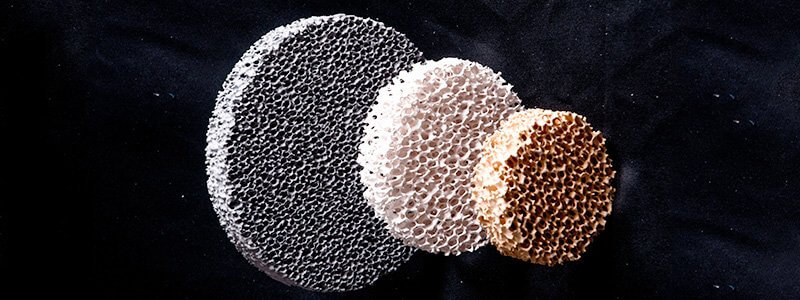Investment casting is a manufacturing process used to create complex, intricate metal components with high accuracy and a superior surface finish. This process is also known as lost-wax casting, and it has been used for centuries to create everything from swords and daggers to jewellery and sculptures. Today, investment casting is used in a variety of industries, from aerospace and defence to medical and dental equipment. With its ability to produce complex shapes with tight tolerances and a smooth surface finish, investment casting is an essential technology for the production of precision metal components.
How Investment Casting Works
Investment casting is a multi-step process that begins with the production of a pattern. The pattern can be made of wax, plastic, wood, or other materials, depending on the needs of the component. The pattern is then coated with a ceramic refractory material, which hardens and creates a shell around the pattern. The shell is heated, and the wax or other material inside is melted. This leaves a cavity in the ceramic shell that is an exact replica of the pattern.
The next step is to pour molten metal into the cavity. The metal fills the space left by the melted wax, creating a solid metal component that is a perfect copy of the original pattern. Once the metal has solidified, the ceramic shell is broken away, revealing the metal component. The component is then cleaned and finished to the desired specifications.
The Advantages of Investment Casting
There are several advantages to using investment casting to produce metal components. One of the most significant benefits is its ability to produce complex shapes with tight tolerances. Due to the precision of the process, investment casting can create parts with intricate geometries and features that would be difficult or impossible to produce using other methods.
Investment casting also produces parts with an excellent surface finish. The ceramic shell used in the process creates a smooth surface that requires minimal finishing. This can save time and money in the production process, as well as ensure that the final product meets the required specifications.
Another advantage of investment casting is that it allows for the production of high-quality metal components in small to medium-sized quantities. Unlike other manufacturing techniques, investment casting does not require large quantities of material to be produced cost-effectively. This makes it ideal for creating prototypes and small production runs.
Ceramic Foam Filters in Investment Casting
One of the essential components of investment casting is the ceramic foam filter. These filters play a critical role in the quality and consistency of the final product. Ceramic foam filters are used to remove impurities and contaminants from the molten metal before it is poured into the ceramic shell.

When molten metal is poured into the ceramic shell, it can pick up impurities from the air or the container it is poured from. These impurities can cause defects in the final product, reducing its quality and potentially compromising its strength and durability. Ceramic foam filters work by trapping these impurities before they can enter the mold.
Ceramic foam filters consist of a porous ceramic material that is coated with a layer of refractory material. The filter is designed to allow the molten metal to flow through it while trapping any impurities in its pores. This ensures that the metal poured into the mold is clean and free of contaminants.
Example of Ceramic Foam Filters in Investment Casting
One example of ceramic foam filters in investment casting is their use in the production of turbine blades for gas turbines. Gas turbines are commonly used in aerospace and power generation applications, and their performance is critical to the safety and efficiency of the systems they power.
Turbine blades are complex metal components that require high accuracy and precision. They are also subject to high temperatures and stresses, making their quality and reliability essential. To ensure the quality and consistency of these critical components, ceramic foam filters are used in the investment casting process.
When producing turbine blades for gas turbines, the molten metal must be free of any impurities that could cause defects in the final product. Ceramic foam filters are used to ensure that the metal is clean and free of contaminants. These filters are placed in the gating system, which controls the flow of the molten metal into the mold. As the metal flows through the filter, any impurities are trapped in the filter’s pores, ensuring that the metal that enters the ceramic shell is clean and pure.
The use of ceramic foam filters in the investment casting process for turbine blades helps to ensure that the final product is of the highest quality. By removing contaminants and impurities from the molten metal, these filters play a crucial role in ensuring the safety and reliability of gas turbines.
Conclusion
Investment casting is a critical manufacturing process used to produce precision metal components with high accuracy and a superior surface finish. The use of ceramic foam filters in investment casting plays a critical role in the quality and consistency of the final product. These filters help to ensure that the molten metal used to create complex components is free of contaminants and impurities, leading to higher quality and more reliable metal parts.
The versatility and flexibility of investment casting make it an essential technology for a wide range of industries. From aerospace and defence to medical and dental equipment, investment casting is an essential process for the production of high-quality metal components. As technology continues to develop and evolve, investment casting is sure to remain a crucial manufacturing process for years to come.

